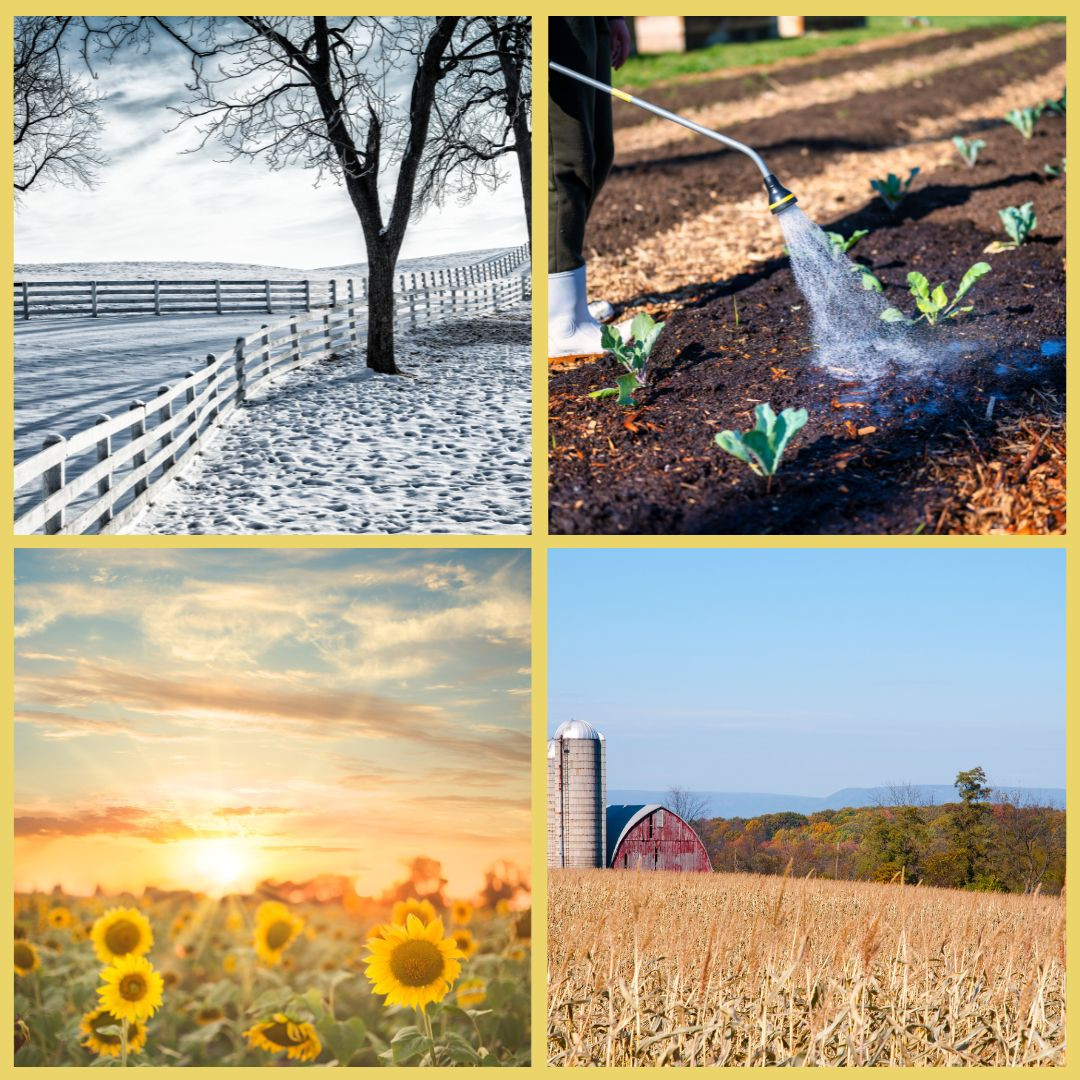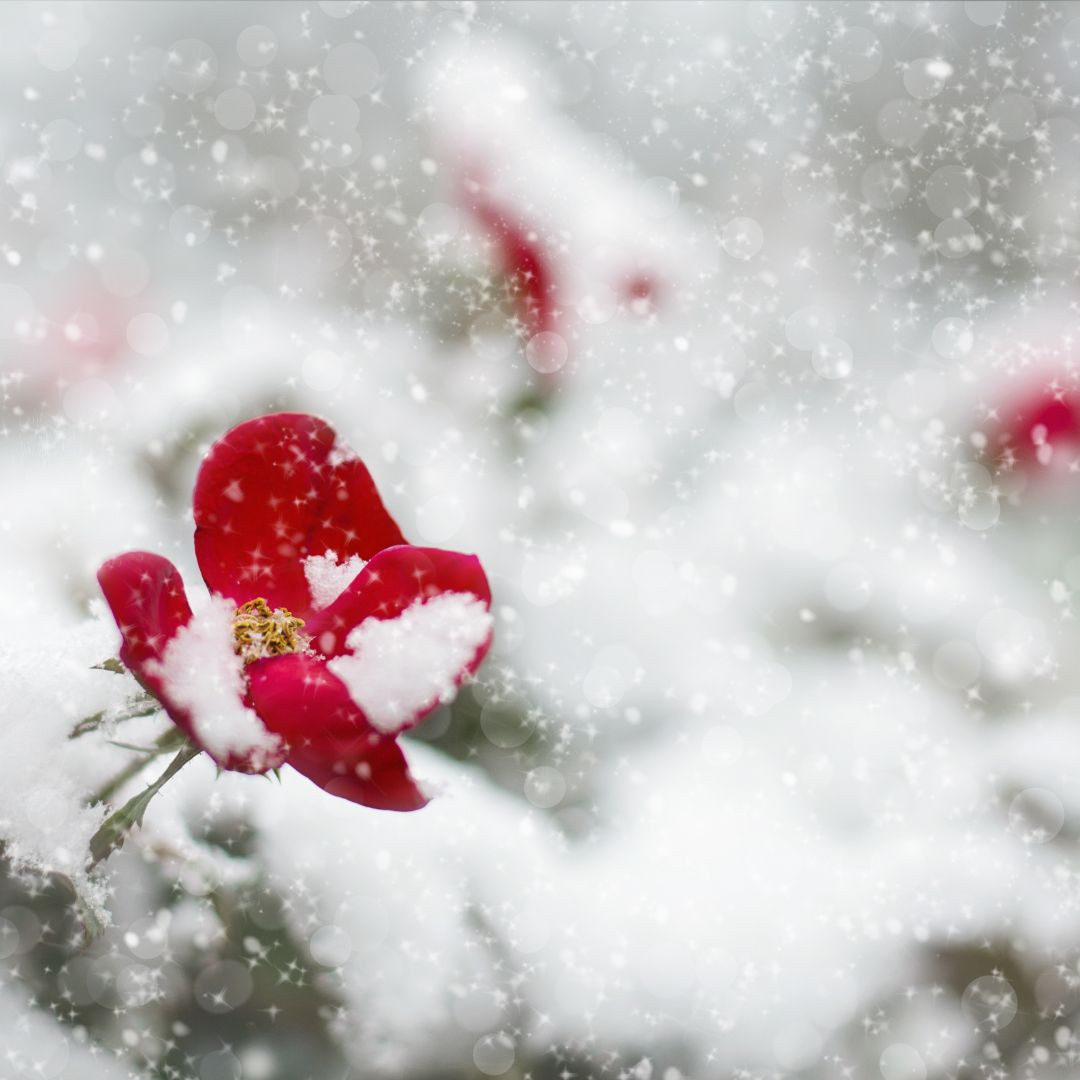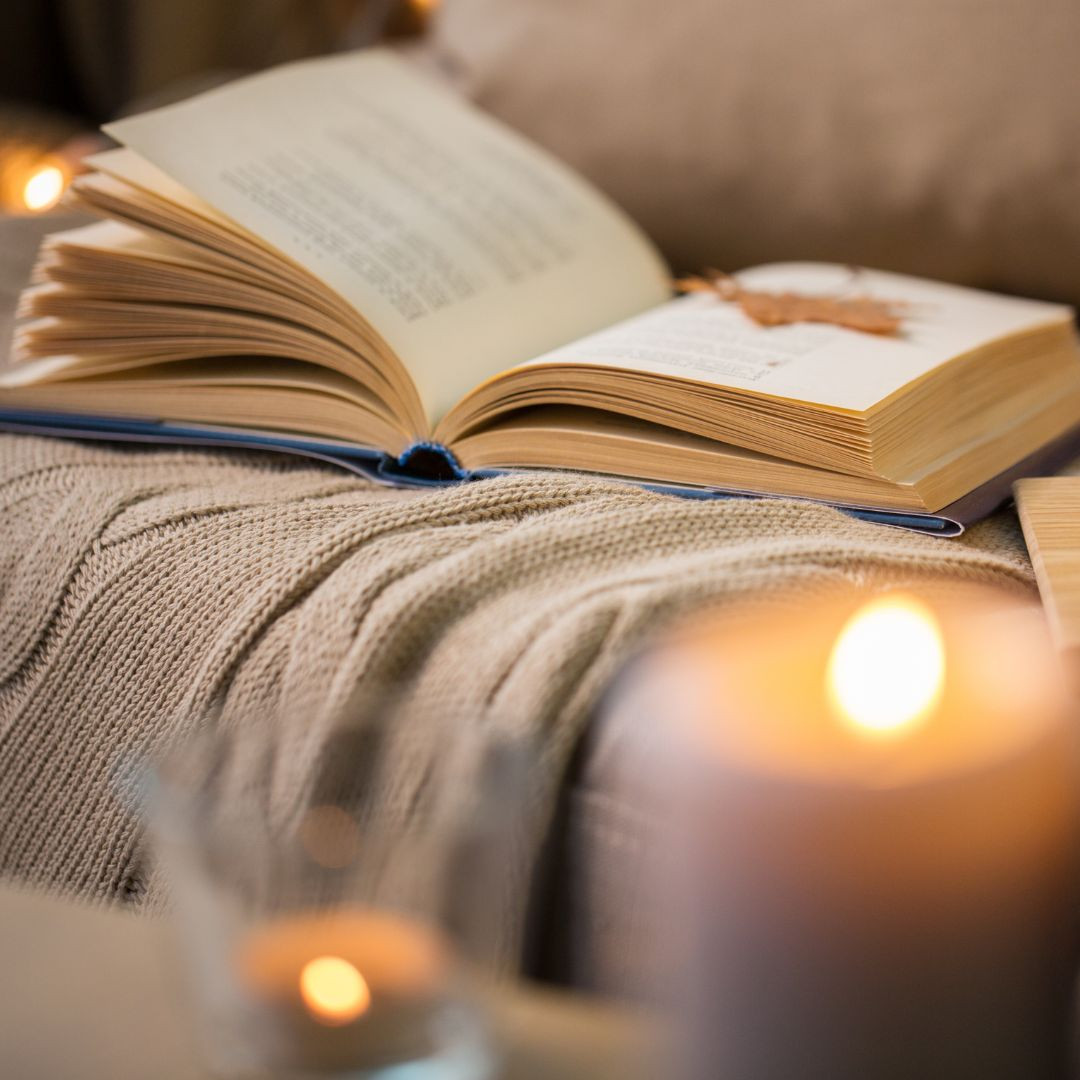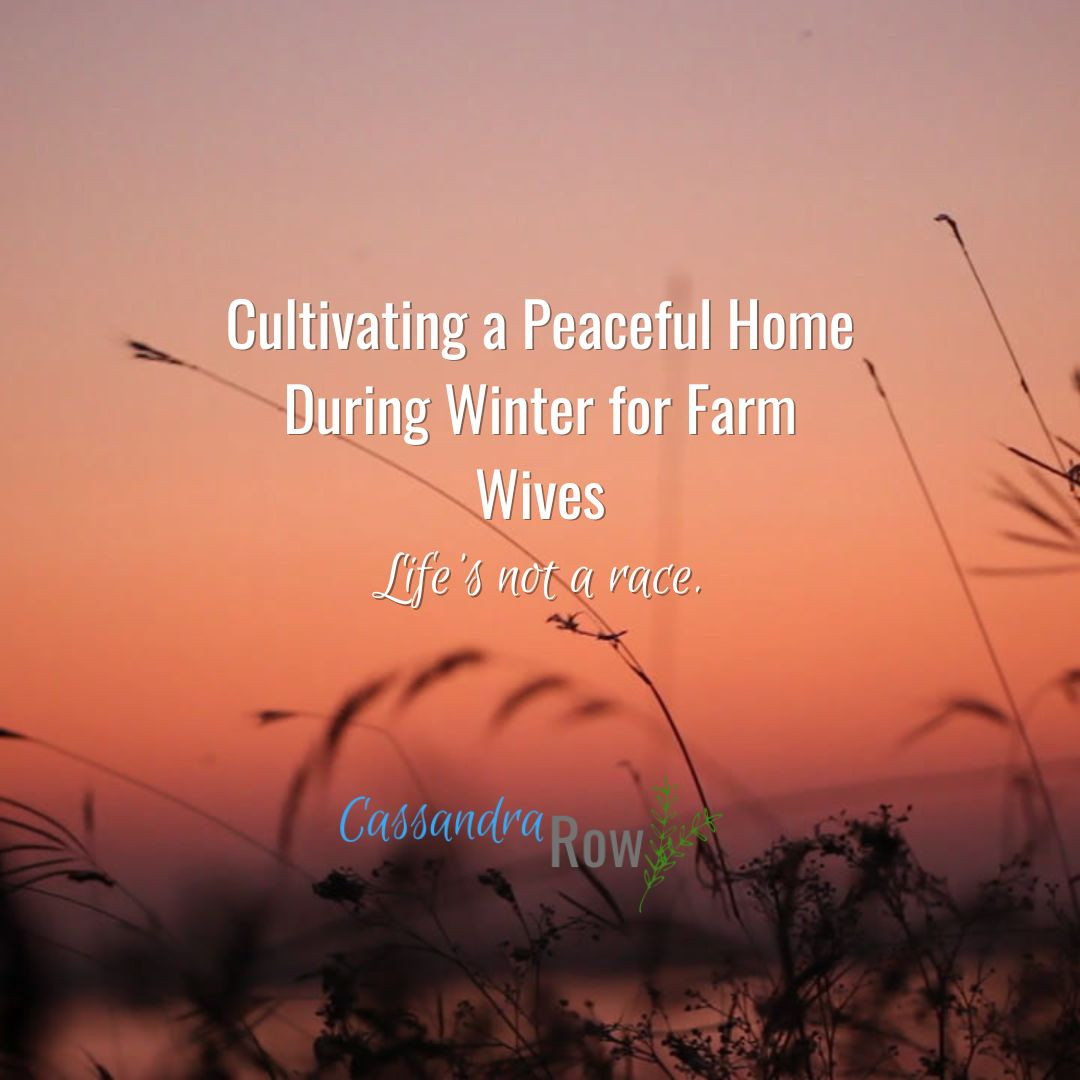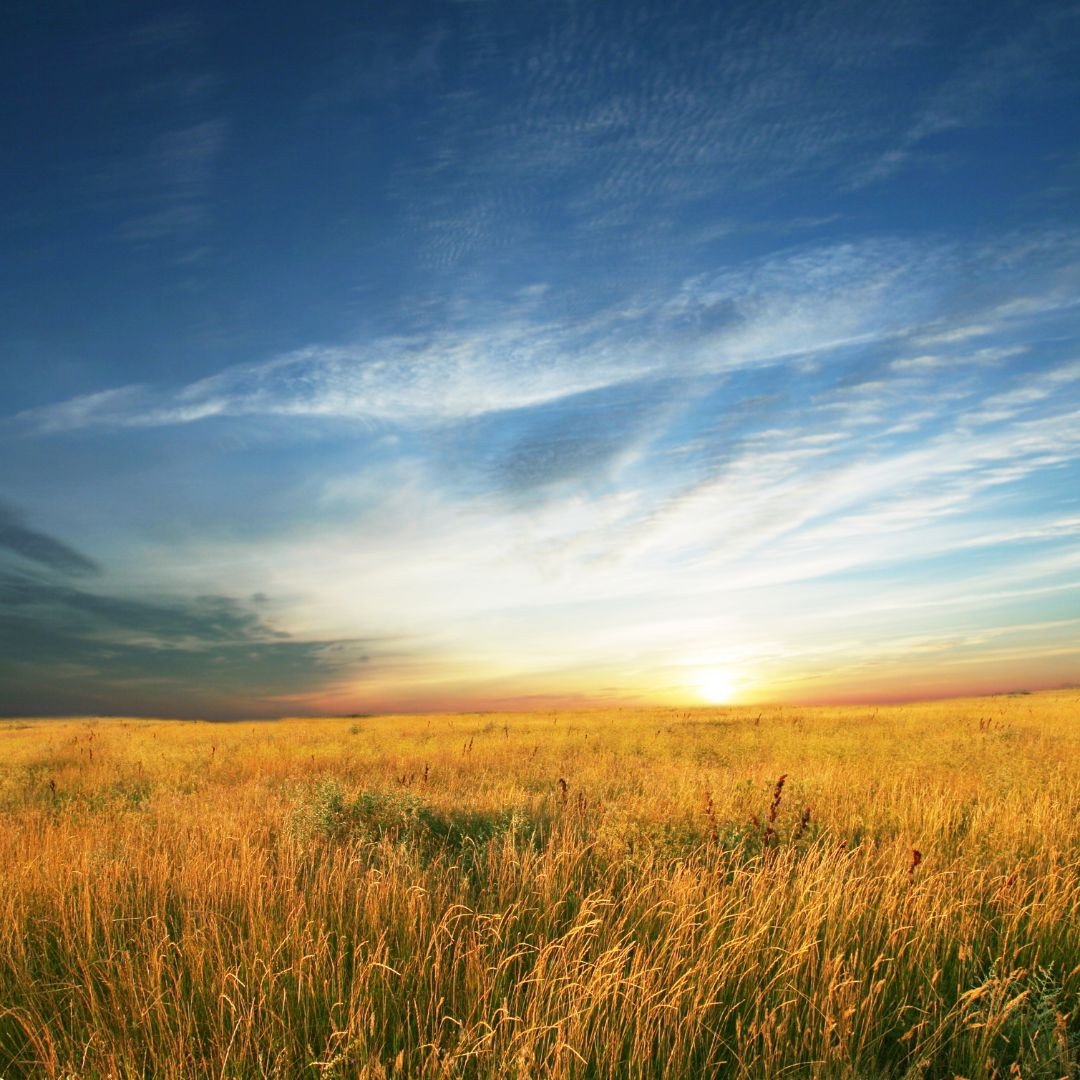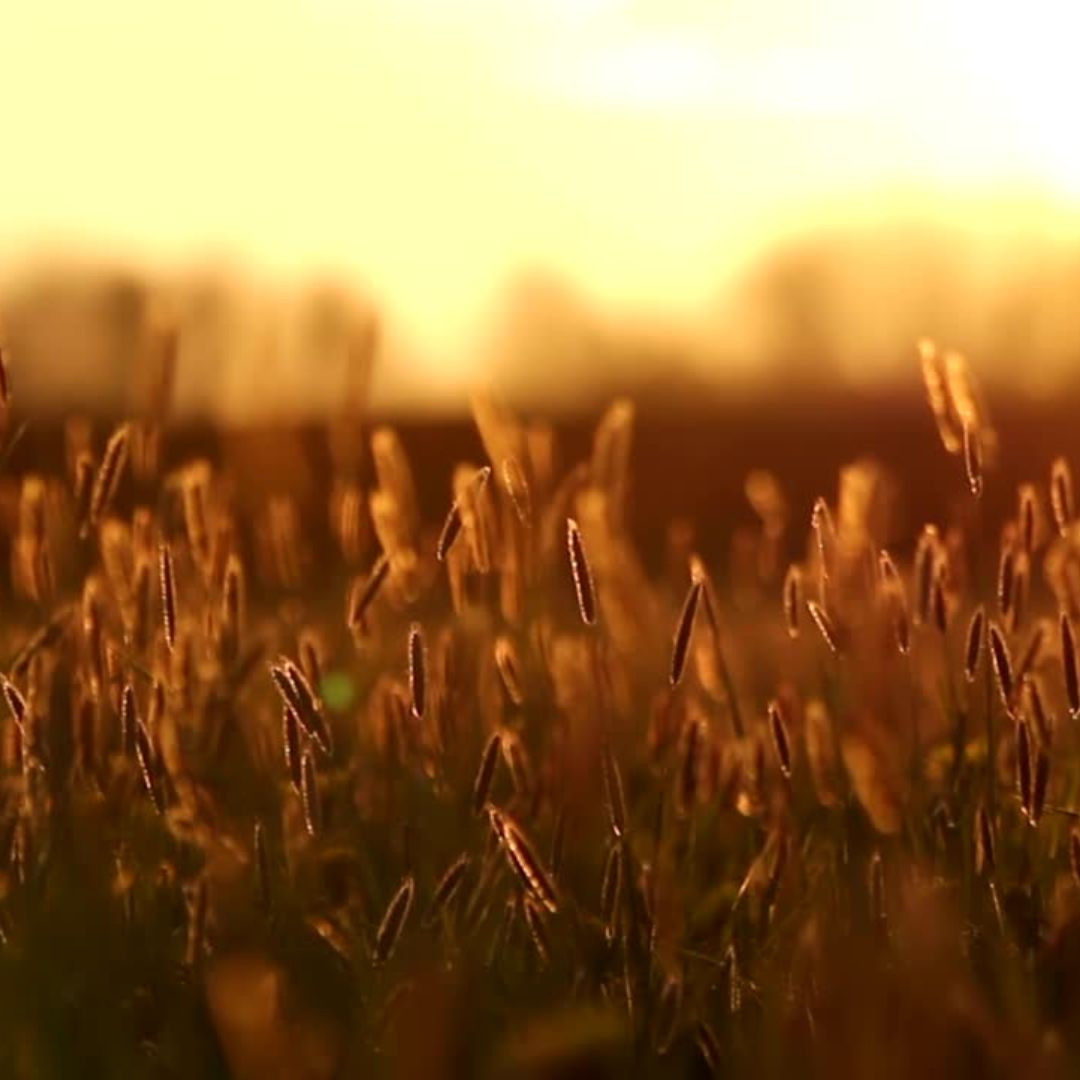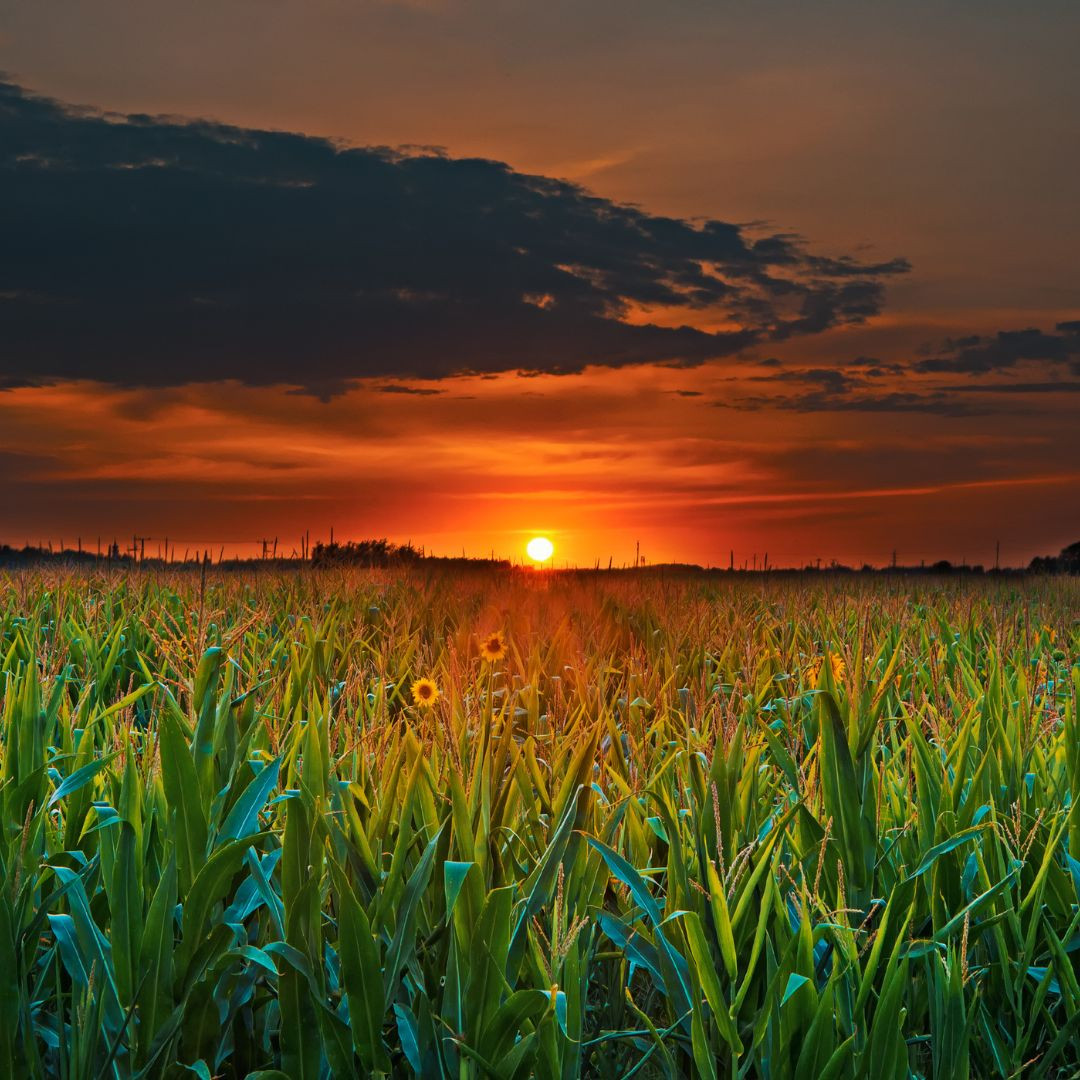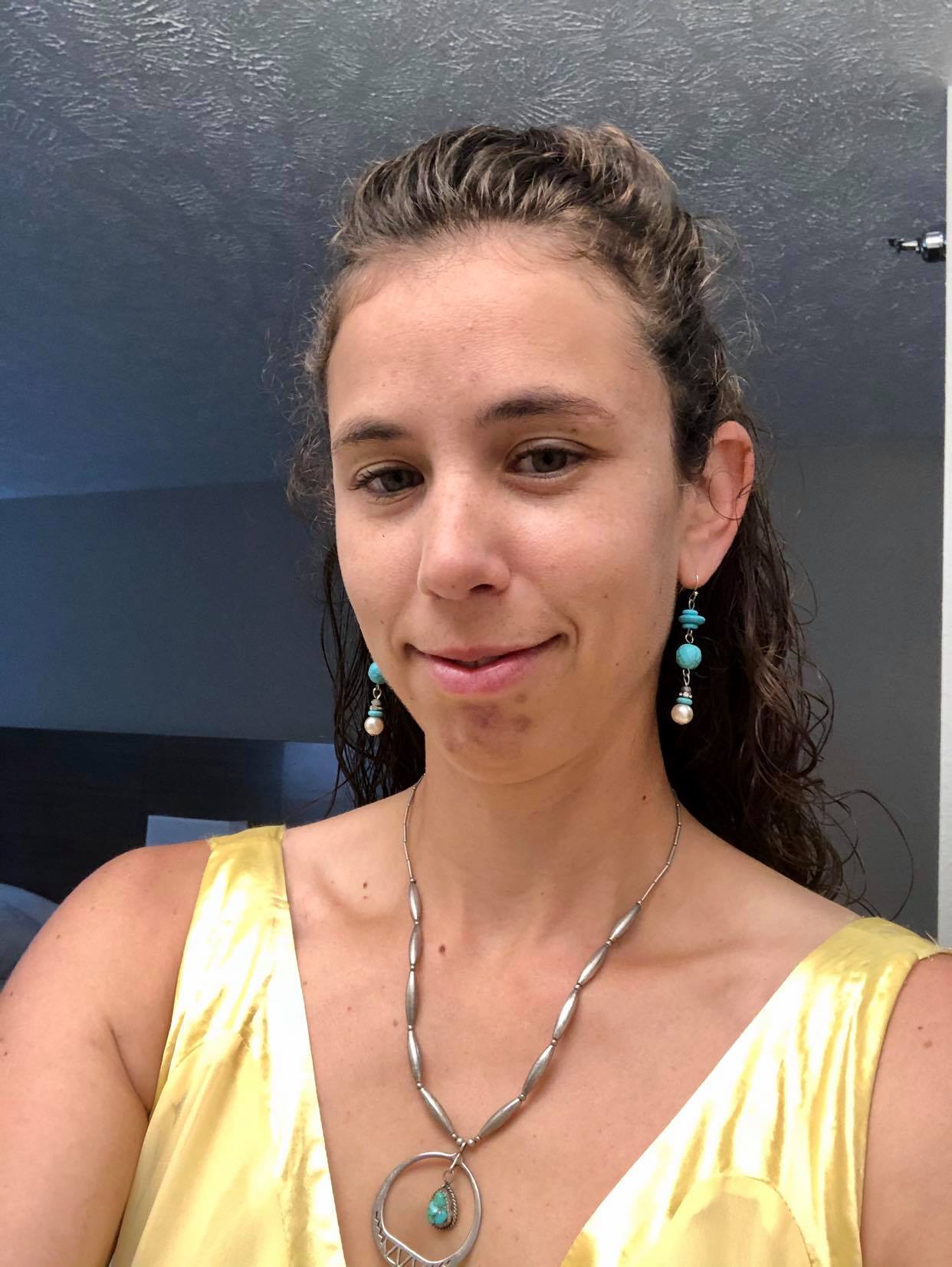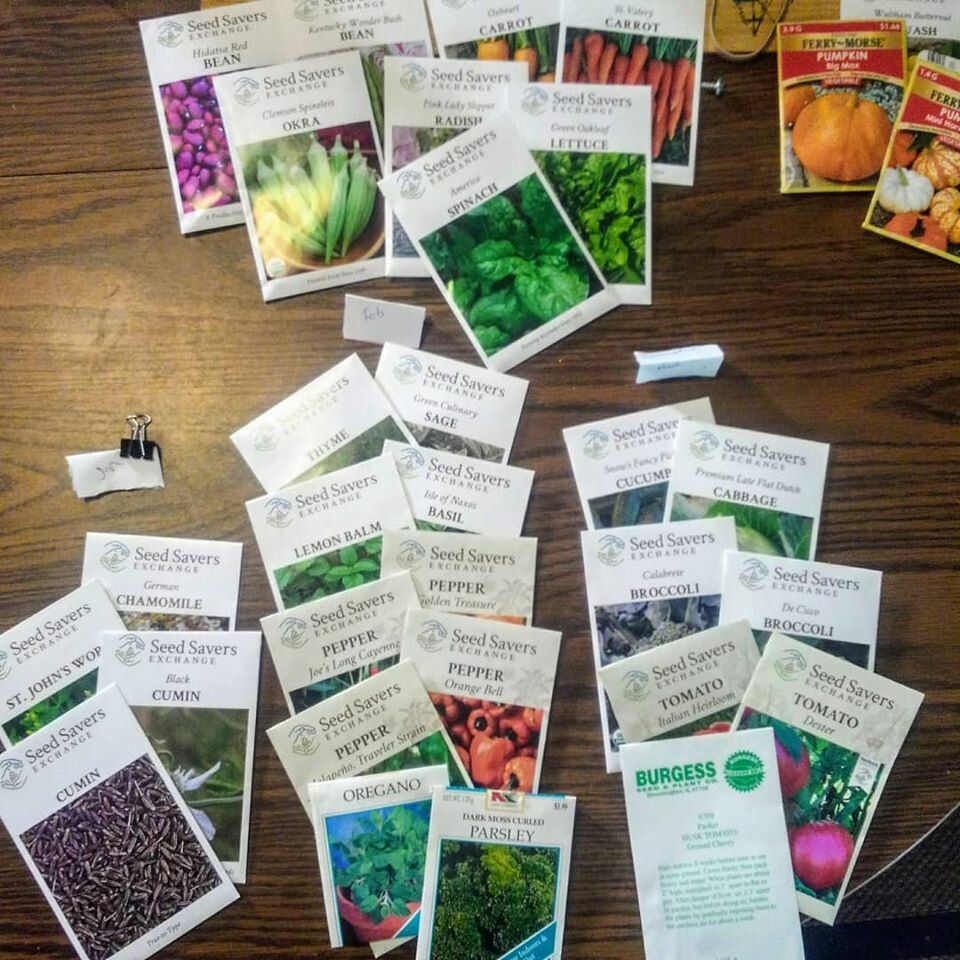
This post may contain affiliate links, which means that I may receive a commission if you make a purchase using these links, with NO additional cost to you.
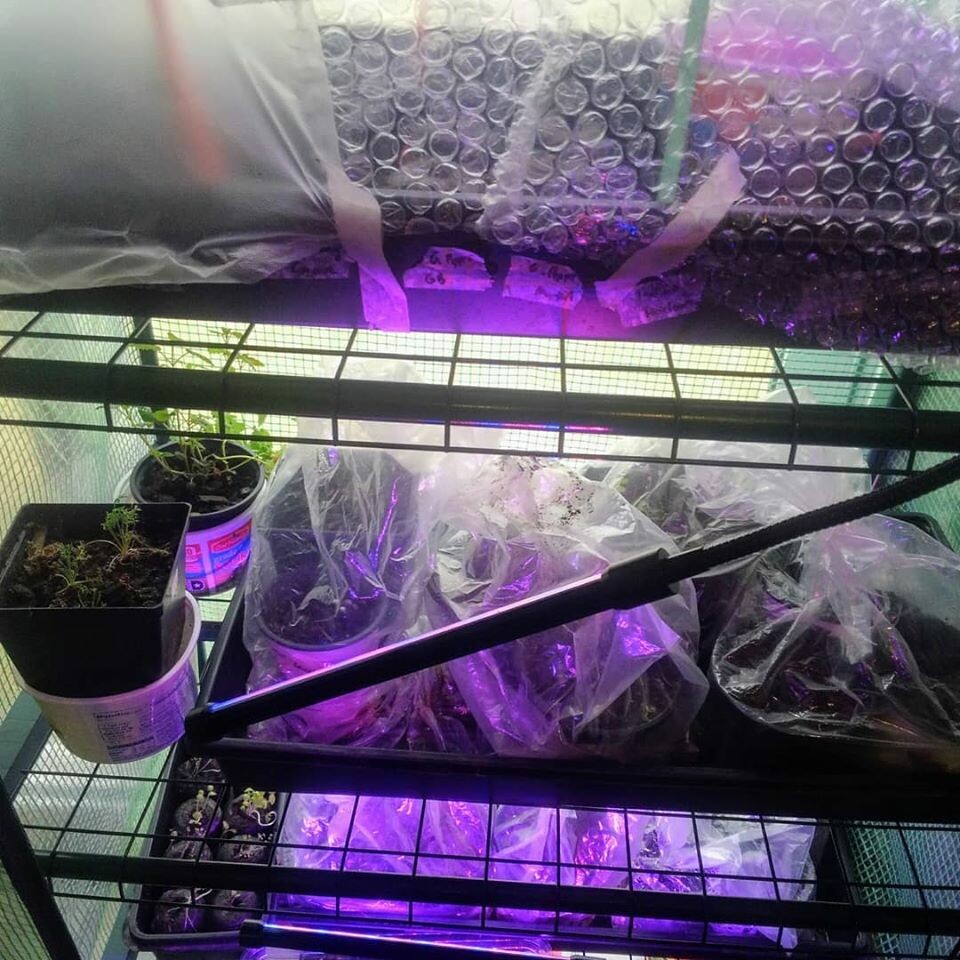
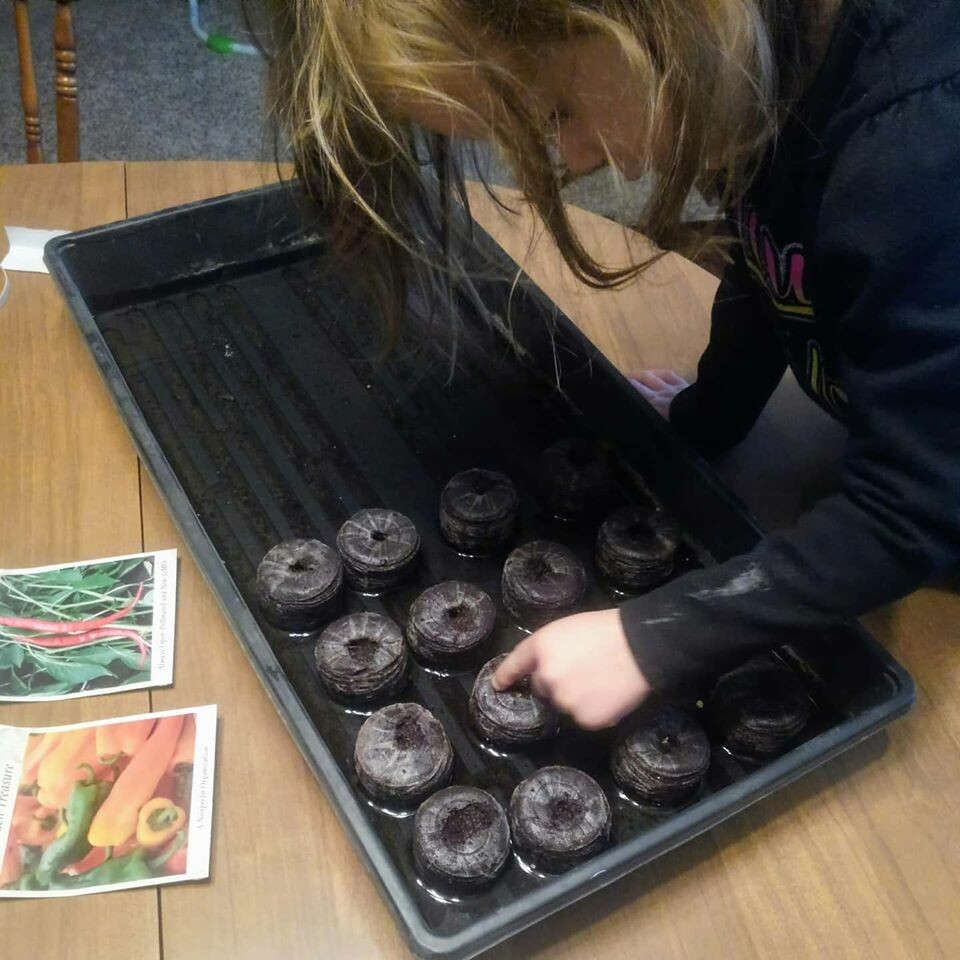 I use these handy seed pods to start my plants and simple grow trays. Just add water over the pods and let them expand, then plant your seeds. I use saran wrap to drape loosely over the tray to keep the humidity up. As the plants grow, I’ll use straws or spoons to prop the cover up for a few weeks before taking it off. This method works well if you don’t have a green house as well, because the plastic acts much like a mini greenhouse. To increase soil temperature early, you can buy a heat mat especially for seeds. I used a heat pad on a timer to experiment with at first, and plan on purchasing a grow mat for next year.
I use these handy seed pods to start my plants and simple grow trays. Just add water over the pods and let them expand, then plant your seeds. I use saran wrap to drape loosely over the tray to keep the humidity up. As the plants grow, I’ll use straws or spoons to prop the cover up for a few weeks before taking it off. This method works well if you don’t have a green house as well, because the plastic acts much like a mini greenhouse. To increase soil temperature early, you can buy a heat mat especially for seeds. I used a heat pad on a timer to experiment with at first, and plan on purchasing a grow mat for next year. Wanting a community to lean into? Join the FREE Courageous + Purposeful Mommas group! This community is for the Mommas, mommas to be, in the midst of raising, and kids grown, looking for tips on building your family up and providing for them through natural methods. Tips include: gardening, bulk buying, caning,/preserving, livestock, homesteading, and home remedies. Your family is precious, and this group is to help you gain the knowledge and tools to keep your family well and not reliant on outside professionals. Remedies and tips are easy and simple for the busy momma, time is precious after all, including pregnancy, birth, young kids, and illness. Trust your Momma gut again! This community offers the resources + community you need to help get started on your journey and prepare for whatever future you envision.
Click here to get the stories straight to your email:
For more on wellness tips click here:
For more on homesteading on your budget click here:
For more simple DIY updates click here:
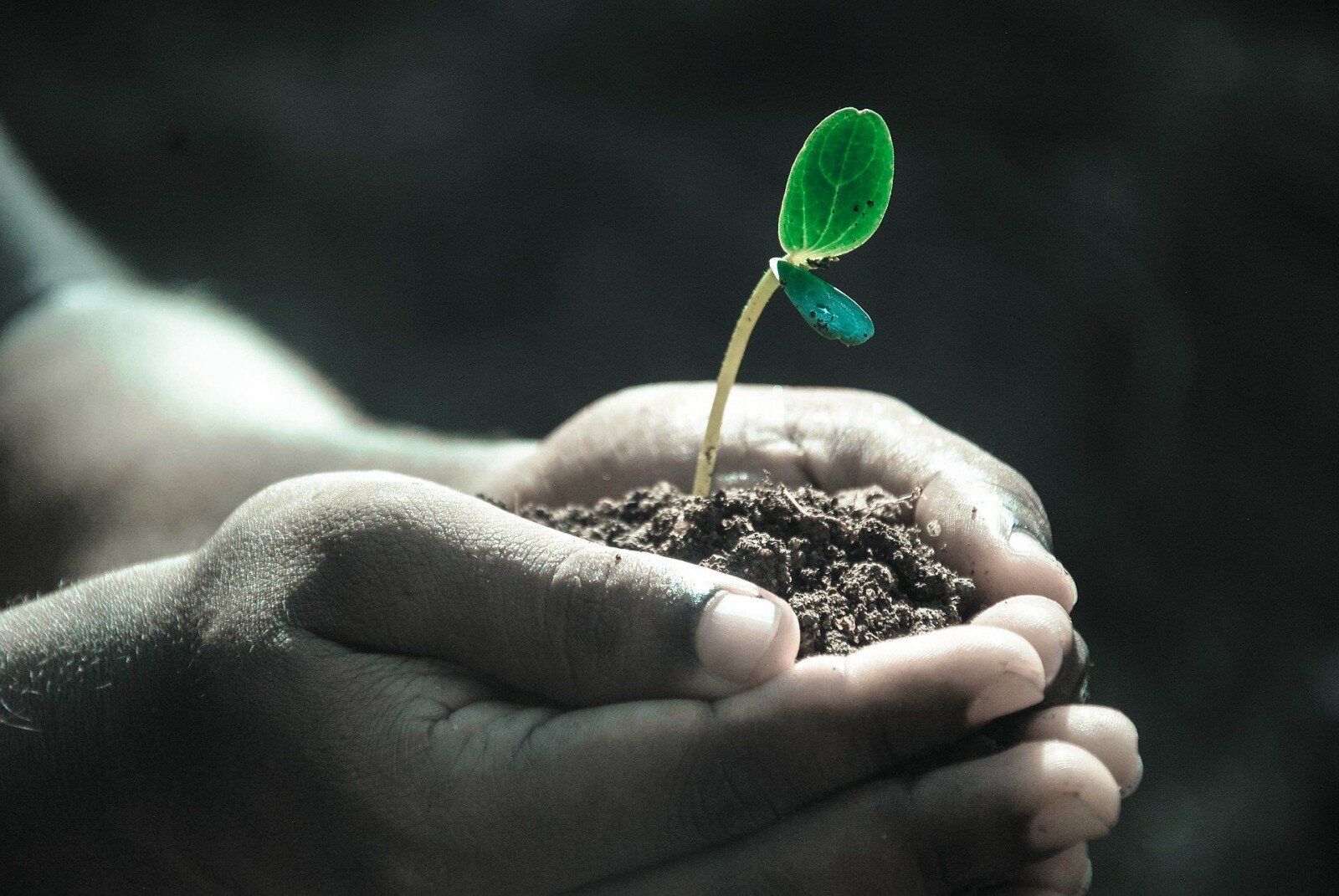
This post may contain affiliate links, which means that I may receive a commission if you make a purchase using these links, with NO additional cost to you.
Wanting a community to lean into? Join the FREE Courageous + Purposeful Mommas group! This community is for the Mommas, mommas to be, in the midst of raising, and kids grown, looking for tips on building your family up and providing for them through natural methods. Tips include: gardening, bulk buying, caning,/preserving, livestock, homesteading, and home remedies. Your family is precious, and this group is to help you gain the knowledge and tools to keep your family well and not reliant on outside professionals. Remedies and tips are easy and simple for the busy momma, time is precious after all, including pregnancy, birth, young kids, and illness. Trust your Momma gut again! This community offers the resources + community you need to help get started on your journey and prepare for whatever future you envision.
Click here to get the stories straight to your email:
For more on wellness tips click here:
For more on homesteading on your budget click here:
For more simple DIY updates click here:
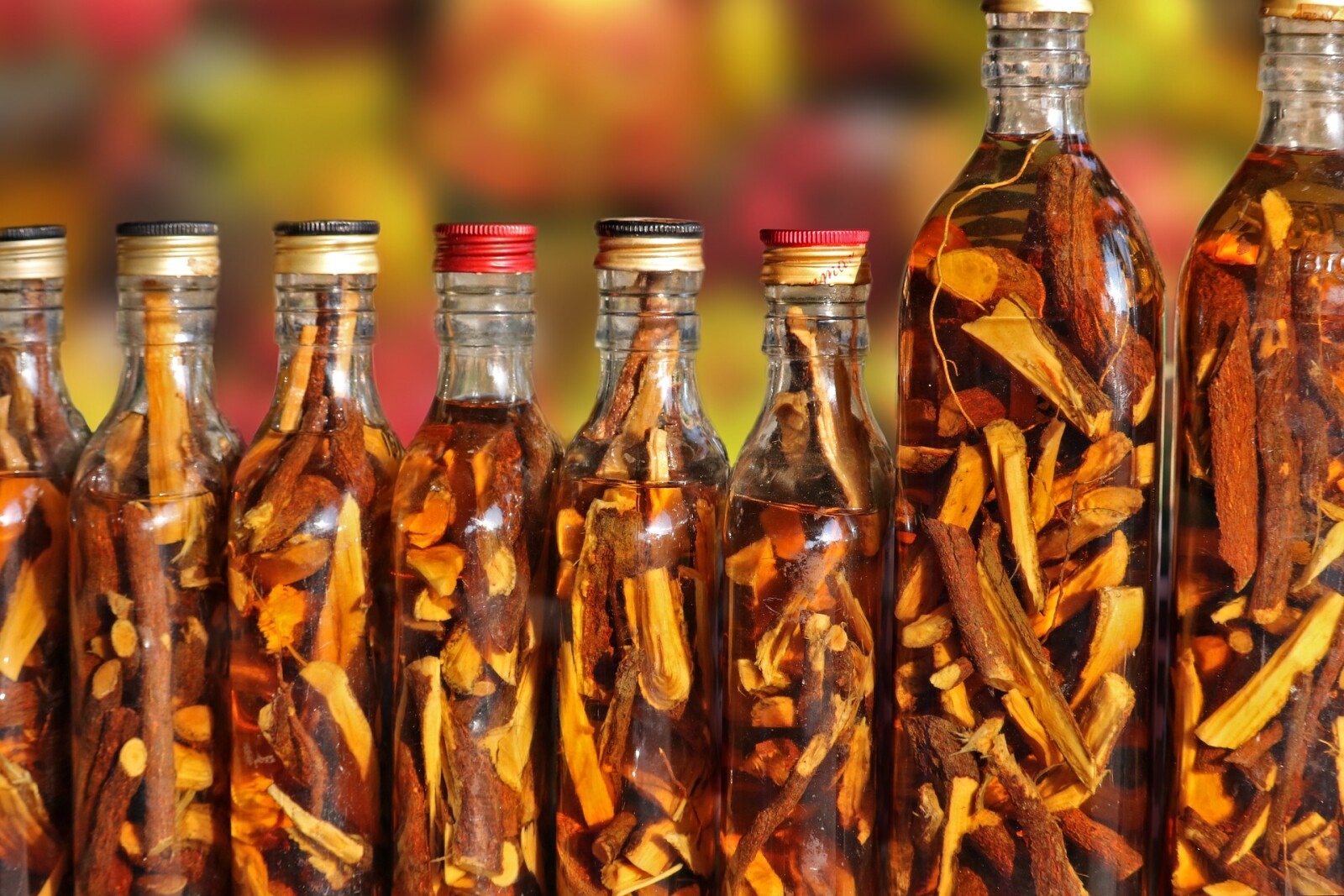
This post may contain affiliate links, which means that I may receive a commission if you make a purchase using these links, with NO additional cost to you.
- Tinctures are made with alcohol. This is a great way to store the plants for medicinal user, as it keeps for several years when stored in a cool dark place. The concentrated liquid is also easier to get children to take when needed.
- Glycerites are made with glycerin. These only store about a year but are sweeter than a tincture. So, children may take it easier.
- Vinegar is great for making a oxymel, which is a probiotic. You can take these as is or add them as a dressing to salad or seasoning to vegetables.
- Honey infusion is perfect for a little sweet treat that is also beneficial to your health. Raw local honey has great benefits anyway. Infuse with something like elderflower and you have an immune boosting treat!
- Oil is the best to use when making the extract into a salve. Olive oil is the preferred oil for most skin care salve.
Wanting a community to lean into? Join the FREE Courageous + Purposeful Mommas group! This community is for the Mommas, mommas to be, in the midst of raising, and kids grown, looking for tips on building your family up and providing for them through natural methods. Tips include: gardening, bulk buying, caning,/preserving, livestock, homesteading, and home remedies. Your family is precious, and this group is to help you gain the knowledge and tools to keep your family well and not reliant on outside professionals. Remedies and tips are easy and simple for the busy momma, time is precious after all, including pregnancy, birth, young kids, and illness. Trust your Momma gut again! This community offers the resources + community you need to help get started on your journey and prepare for whatever future you envision.
Click here to get the stories straight to your email:
For more on wellness tips click here:
For more on homesteading on your budget click here:
For more simple DIY updates click here:
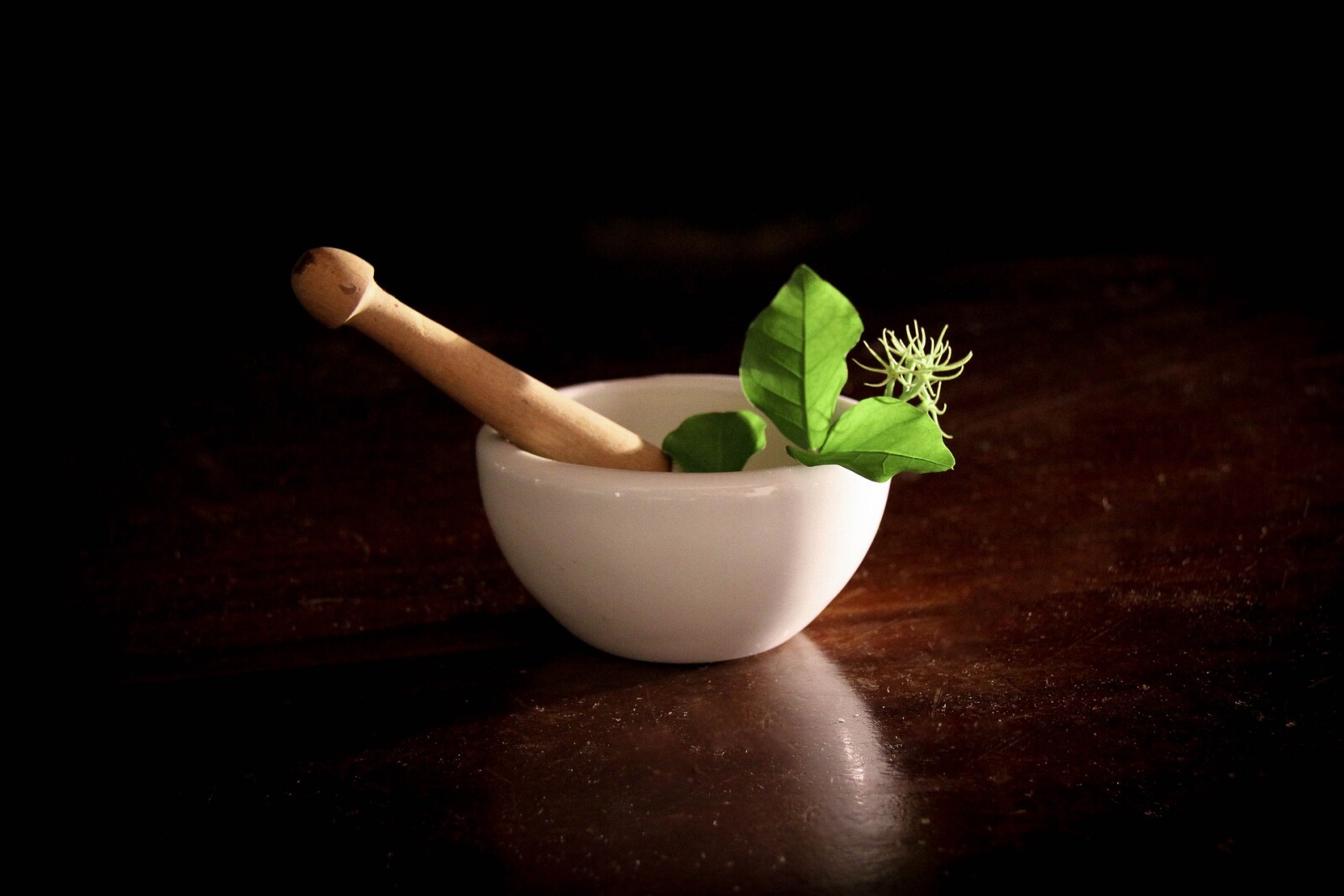
This post may contain affiliate links, which means that I may receive a commission if you make a purchase using these links, with NO additional cost to you.

Wanting a community to lean into? Join the FREE Courageous + Purposeful Mommas group! This community is for the Mommas, mommas to be, in the midst of raising, and kids grown, looking for tips on building your family up and providing for them through natural methods. Tips include: gardening, bulk buying, caning,/preserving, livestock, homesteading, and home remedies. Your family is precious, and this group is to help you gain the knowledge and tools to keep your family well and not reliant on outside professionals. Remedies and tips are easy and simple for the busy momma, time is precious after all, including pregnancy, birth, young kids, and illness. Trust your Momma gut again! This community offers the resources + community you need to help get started on your journey and prepare for whatever future you envision.
Click here to get the stories straight to your email:
For more on wellness tips click here:
For more on homesteading on your budget click here:
For more simple DIY updates click here:
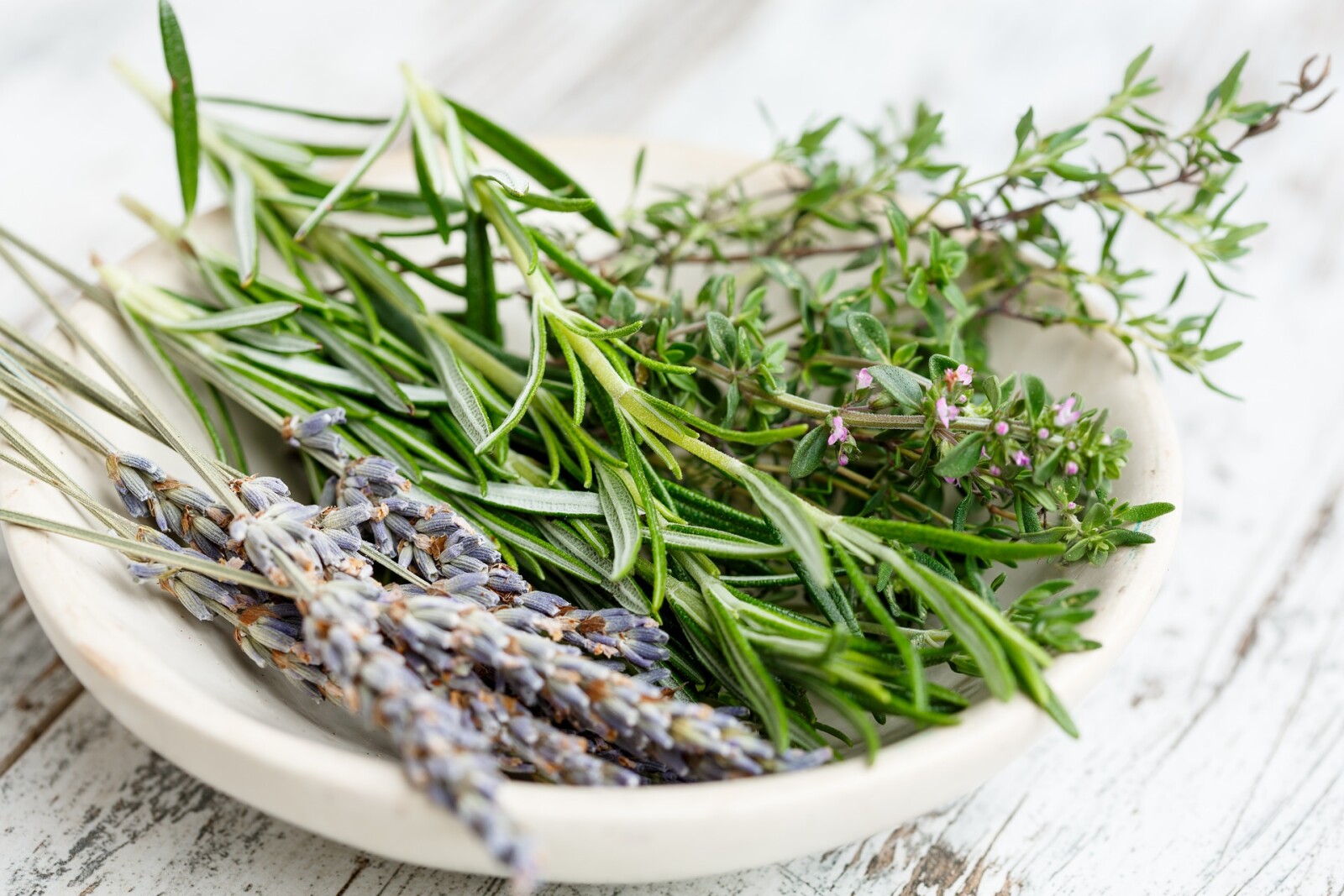
This post may contain affiliate links, which means that I may receive a commission if you make a purchase using these links, with NO additional cost to you.
Wanting a community to lean into? Join the FREE Courageous + Purposeful Mommas group! This community is for the Mommas, mommas to be, in the midst of raising, and kids grown, looking for tips on building your family up and providing for them through natural methods. Tips include: gardening, bulk buying, caning,/preserving, livestock, homesteading, and home remedies. Your family is precious, and this group is to help you gain the knowledge and tools to keep your family well and not reliant on outside professionals. Remedies and tips are easy and simple for the busy momma, time is precious after all, including pregnancy, birth, young kids, and illness. Trust your Momma gut again! This community offers the resources + community you need to help get started on your journey and prepare for whatever future you envision.
Click here to get the stories straight to your email:
For more on wellness tips click here:
For more on homesteading on your budget click here:
For more simple DIY updates click here:
This post may contain affiliate links, which means that I may receive a commission if you make a purchase using these links, with NO additional cost to you.
The biggest hurdle for most people who want to be self sufficient, is how do I feed my family? Start with a little bit at a time. If you try to take on to much at one time, you burn yourself out. What does your family use? Herbs? Vegetables? Fruits? How much space do you have? Is it full sun or part shade? Are those plants able to grow in your climate zone? Do you need a greenhouse? What is your soil like? Does it need improved?
A simple gardening start is herbs. You can grow them in pots just off your porch or in a designated area in your yard. Think of what you use the most of: Oregano, basil, peppermint, parsley, rosemary, dill, cilantro, etc. If you have sunny windows you can even bring many of those pots inside in the winter and continue to harvest from them. Now choose to grow them instead of buying them! The herbs I listed are easy grow especially if you buy them as plants. Starting them from seed takes a bit more, but that is for another day…
Next the garden. What vegetables do you and your family enjoy? Grow them! Cucumbers are an easy one to grow but take up space. However, have them climb a fence or arch and you suddenly have way room! Tomatoes are also easy and do well with full sun. They are also versatile in preservation and so many uses! Spaghetti, salsa, simple sauce, soup, just to name a few. Peppers also do well in most gardens. Think what kind of peppers? Hot, sweet? What are you using them for? Fresh eating, cooking, as a spice?
Choose a few more plants to try every year. Every year you will become more comfortable with the plants you have and will be ready for more. My aim is to grow all the vegetables we need for the entire year. My first garden (2014) I grew a few tomatoes, sweet and hot peppers, cucumbers, pumpkin, and corn. I didn’t harvest a whole lot of the produce because the garden was planted late and the soil was terrible. That fall I cleaned the horse pen out right into the garden! That following year? The plants were healthy and very bountiful! Now I add a little horse poo every fall and my garden continues to expand. This year (2020) I have, tomatoes, sweet peppers, hot peppers, cucumbers, snap peas, green beans, carrots, radishes, lettuce, spinach, broccoli, onion, and garlic. My herbs are no longer just in the pots by the house but have their own area as well.
The best plants I’ve found are heirloom varieties. You can find all sorts at Seed Savers! The flavor tends to be better and as a bonus the plants produce seeds that you can start next years plants from!
The next few blogs are going to focus around planting with a purpose in mind.
Join the Community

